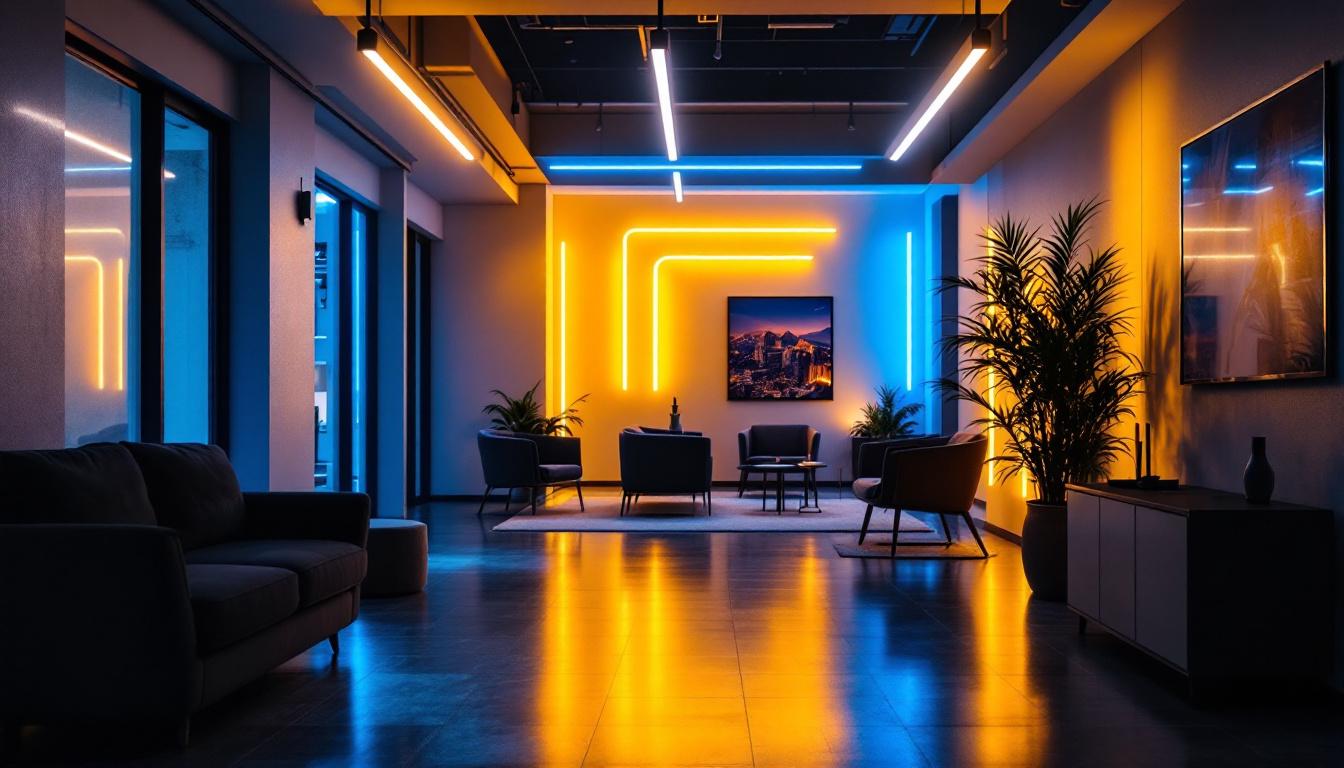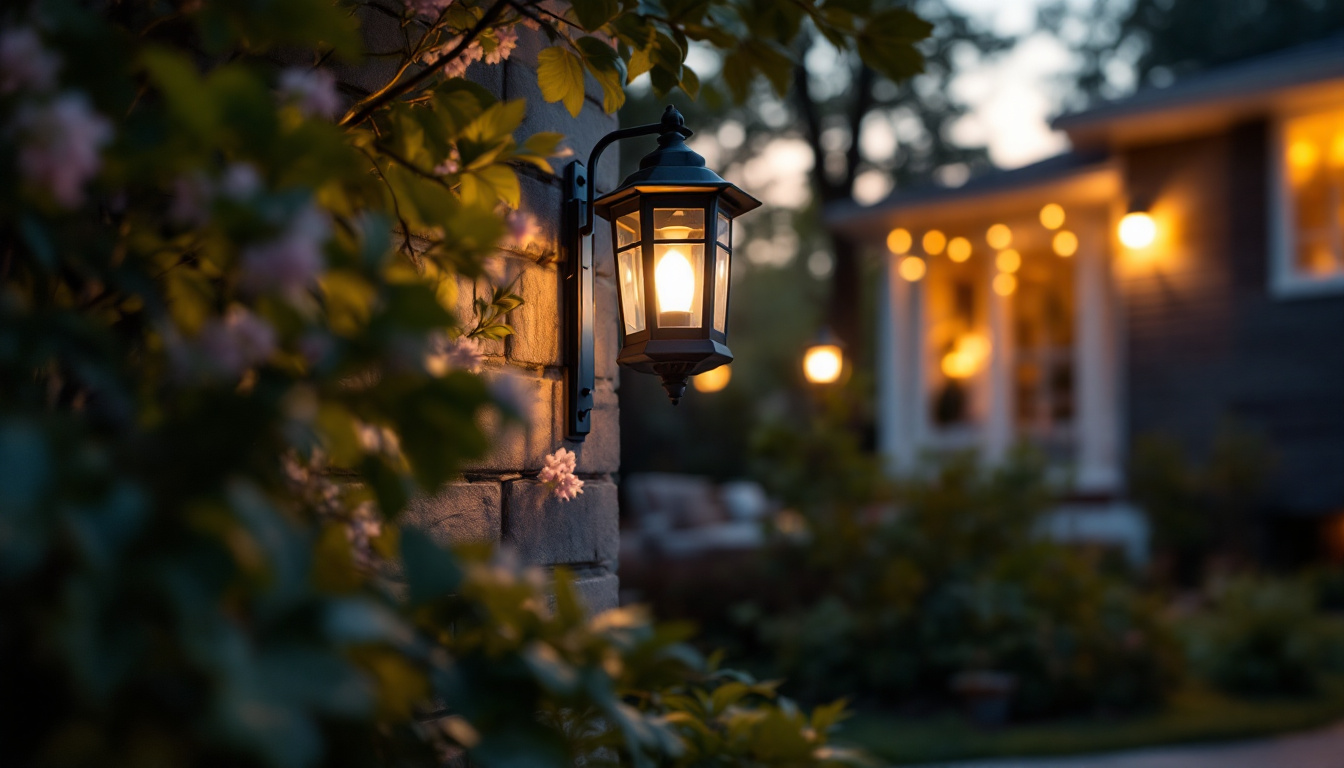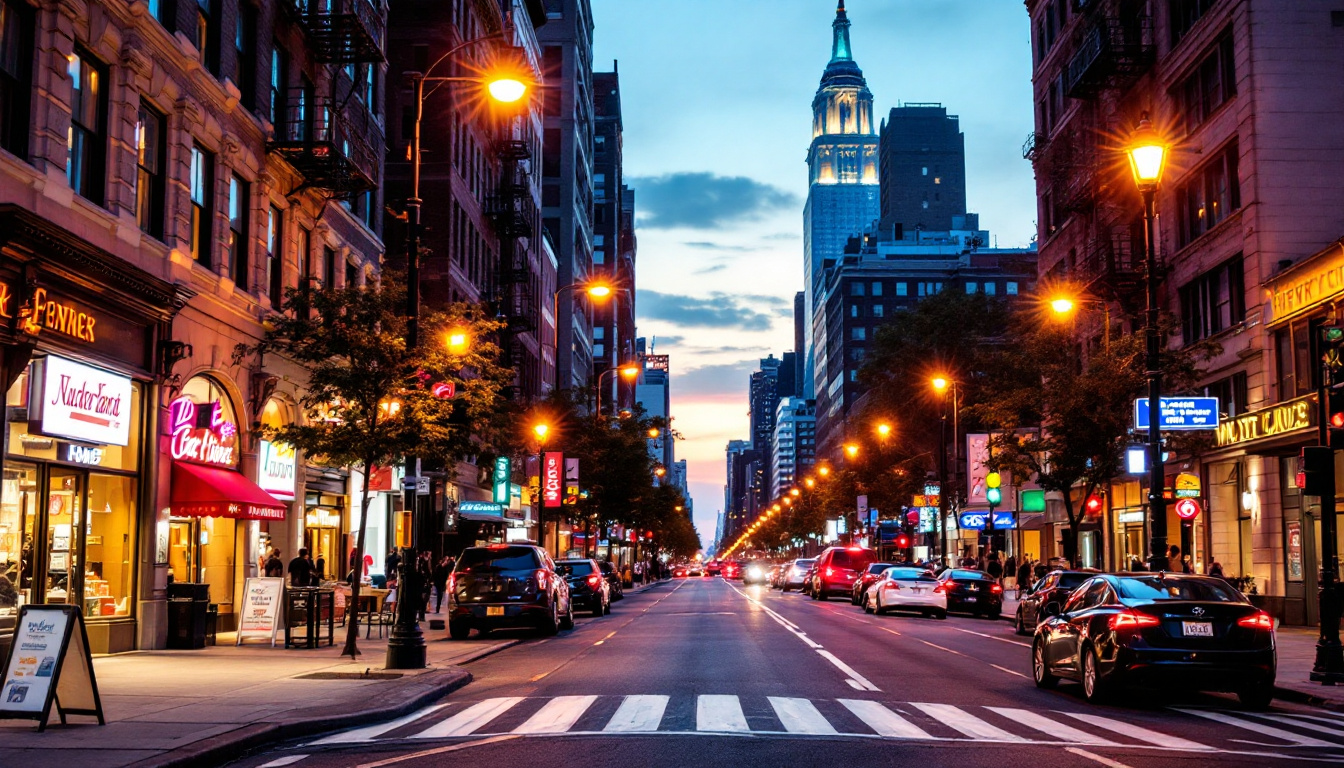
In the realm of modern lighting solutions, linear LED lighting fixtures have emerged as a popular choice among contractors and designers alike. Their sleek design, energy efficiency, and versatility make them an attractive option for various applications, from commercial spaces to residential homes. However, selecting the right linear LED lighting fixture can be a daunting task, especially with the myriad of options available on the market. This guide aims to provide lighting contractors with essential insights and considerations for choosing the most suitable linear LED fixtures for their projects.
Linear LED lighting fixtures are elongated light sources that provide uniform illumination across a space. They can be installed in various configurations, including recessed, surface-mounted, or suspended installations. Their design allows for flexibility in both aesthetics and functionality, making them ideal for a wide range of environments. Whether it’s a modern office, a cozy home, or a bustling retail space, linear LED fixtures can enhance the overall ambiance while ensuring that every corner is well-lit.
Linear LED fixtures come in several types, each designed for specific applications. Understanding these types is crucial for making informed decisions. Each type not only serves a functional purpose but also contributes to the overall design theme of a space, allowing designers and architects to create cohesive environments.
Linear LED lighting fixtures offer numerous benefits that make them a preferred choice for contractors:
In addition to these benefits, linear LED lighting fixtures are often equipped with advanced features such as dimming capabilities and smart technology integration. This allows users to adjust the brightness and color temperature according to their preferences and the specific requirements of the space. For instance, a workspace can benefit from cooler, brighter light during the day to enhance productivity, while warmer tones can be used in the evening to create a more relaxed atmosphere. Furthermore, many linear LED fixtures are now designed with sustainability in mind, utilizing recyclable materials and eco-friendly manufacturing processes, which appeals to environmentally conscious consumers and businesses.
When selecting linear LED lighting fixtures, several factors come into play. Understanding these considerations can help contractors make the best choices for their projects.
The intended application and environment play a significant role in determining the type of linear LED fixture to choose. For instance, fixtures used in commercial settings may require different specifications compared to those used in residential spaces.
In commercial environments, factors such as brightness, color temperature, and light distribution are crucial. High-traffic areas may benefit from durable fixtures that can withstand wear and tear, while aesthetic considerations might be more prominent in retail or hospitality settings.
Understanding light output is essential for ensuring adequate illumination in a space. Measured in lumens, the light output should be appropriate for the size and purpose of the area being lit. It’s also important to consider the efficacy of the fixture, which is the ratio of lumens produced per watt consumed. Higher efficacy means better energy efficiency.
Contractors should also evaluate the fixture’s color rendering index (CRI), which measures how accurately colors appear under the light. A CRI of 80 or above is generally recommended for most applications, while areas requiring precise color matching may benefit from fixtures with a CRI of 90 or higher.
Ease of installation is another critical factor. Linear LED fixtures should be compatible with existing electrical systems and easy to install, minimizing labor costs and time. Contractors should also consider the maintenance requirements of the fixtures. While LEDs generally require less maintenance than traditional lighting, some fixtures may have specific cleaning or servicing needs that should be taken into account.
The design and aesthetic appeal of linear LED fixtures can significantly impact the overall look of a space. Contractors must consider how the fixtures will integrate with the existing architecture and design elements.
Linear LED fixtures come in various finishes and styles, from sleek and modern to more traditional designs. Choosing the right finish can enhance the visual appeal of a space and complement other design elements. For example, a matte black finish may work well in a contemporary office, while brushed nickel might be more appropriate for a classic residential setting.
Many manufacturers offer customization options for linear LED fixtures, allowing contractors to tailor the product to meet specific project requirements. This can include variations in length, color temperature, and even smart lighting capabilities. Customization can help achieve a unique look and functionality that aligns with the client’s vision.
Energy efficiency regulations and incentives can influence the choice of linear LED fixtures. Many regions have implemented energy codes that require specific lighting performance standards, which can affect the selection process.
Before making a purchase, contractors should familiarize themselves with local building codes and energy efficiency regulations. Compliance with these codes is essential not only for legal reasons but also for ensuring that the project meets the client’s expectations regarding energy savings and sustainability.
Many utility companies and government programs offer incentives for using energy-efficient lighting solutions. These incentives can help offset the initial costs of purchasing linear LED fixtures, making them a more attractive option for contractors and clients alike. Understanding available incentives can provide significant financial benefits.
While linear LED fixtures can have a higher upfront cost compared to traditional lighting options, their long-term savings often justify the investment. Contractors should consider both initial costs and lifecycle costs when making their selections.
The initial cost of linear LED fixtures can vary widely based on brand, features, and technology. However, it is essential to weigh these costs against the potential long-term savings in energy consumption and maintenance. Over time, the reduced energy bills and lower replacement frequency can lead to significant savings, making LEDs a cost-effective choice.
When budgeting for a project, it is crucial to consider not only the cost of the fixtures but also installation costs and any potential savings from energy incentives. Proper budgeting will ensure that the project remains financially viable while still meeting the desired quality standards.
The lighting industry is continually evolving, with new technologies and trends emerging regularly. Staying informed about these trends can help contractors make forward-thinking decisions for their projects.
Smart lighting technology is becoming increasingly popular, allowing for enhanced control and customization of lighting systems. Linear LED fixtures equipped with smart technology can be integrated into building management systems, enabling features such as dimming, scheduling, and remote control. This not only improves energy efficiency but also enhances user experience.
As sustainability becomes a priority for many clients, the demand for eco-friendly lighting solutions is on the rise. Contractors should consider linear LED fixtures made from sustainable materials or those that are recyclable. Additionally, energy-efficient lighting contributes to a more sustainable future, aligning with the values of environmentally conscious clients.
Choosing the right linear LED lighting fixtures is a critical decision for lighting contractors, impacting both the functionality and aesthetics of a project. By understanding the various types of fixtures, key considerations for selection, and emerging trends, contractors can make informed choices that meet their clients’ needs while also adhering to budgetary and regulatory constraints.
Ultimately, the goal is to create well-lit spaces that enhance the user experience while promoting energy efficiency and sustainability. By staying informed and considering all aspects of linear LED lighting, contractors can ensure their projects shine brightly and efficiently.
Ready to elevate your lighting projects with the right linear LED fixtures? At LumenWholesale, we provide you with an exceptional range of spec-grade lighting products at prices that respect your bottom line. Say goodbye to local distributor markups and hello to our curated selection that meets rigorous industry standards. With free shipping on bulk orders, you can trust that you’re getting premium lighting solutions at the best value, without any hidden costs. Enhance your spaces with efficient, sustainable lighting and make your projects shine. Discover the LumenWholesale difference today and take the first step towards brighter, more cost-effective lighting solutions. Wholesale Lighting at the Best Value.

Discover how incorporating pole light bulbs into your projects can elevate your lighting contracting business.

Discover the latest trends in recessed lighting that every lighting contractor should be aware of.

Discover how post solar lanterns are revolutionizing the lighting industry for contractors.

Discover how to make the most of your Lighting New York coupon with expert tips on optimizing lighting efficiency.